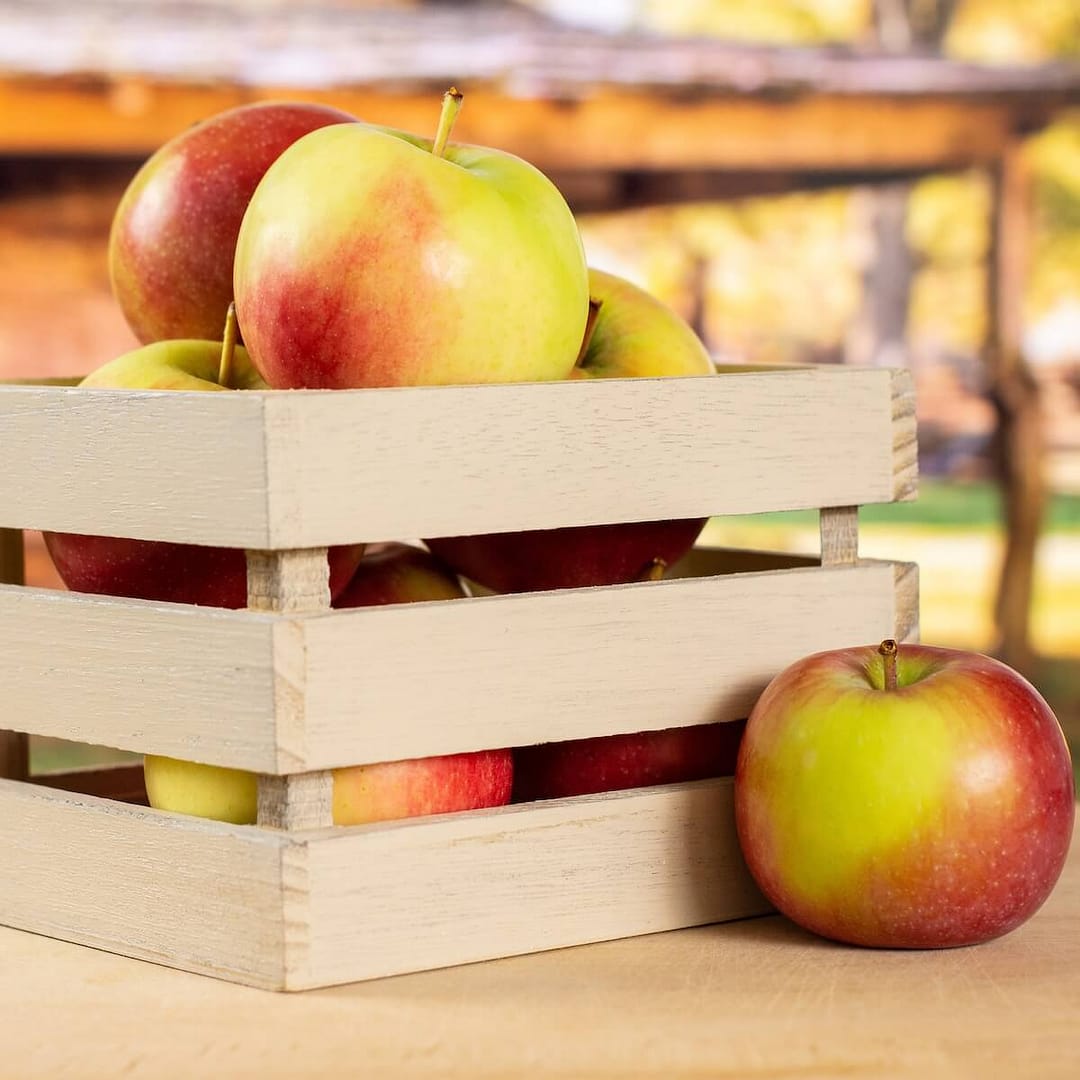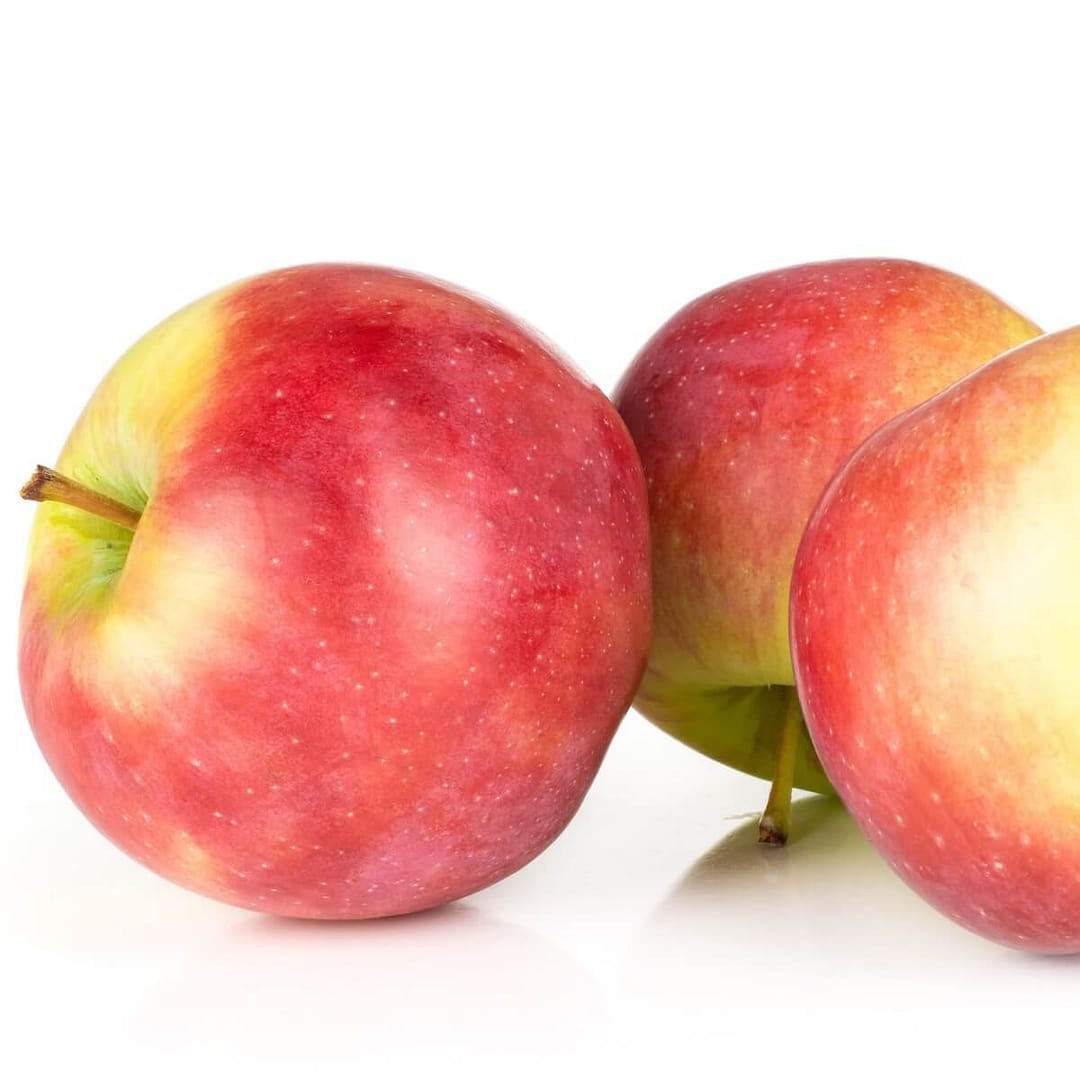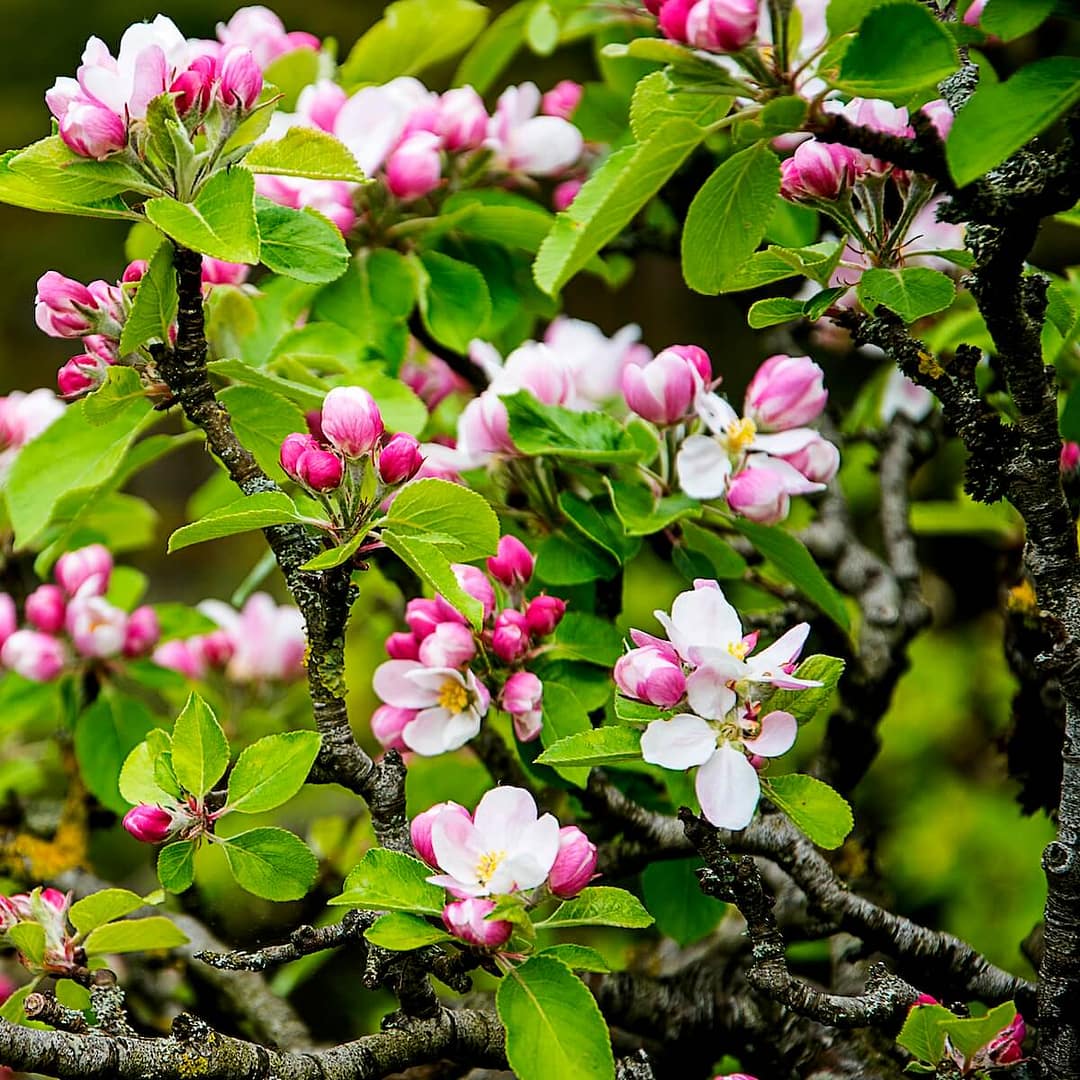
Position
- Plant in a sunny, sheltered site for maximum fruit production
- A similar position helps avoid frost pockets and wind damage
- Ideal near a south-facing wall or raised ground
Hardiness
- Withstands winter lows down to approximately -15°C (5°F)
- Robust under typical UK winter conditions when correctly sited
- Ensure protection from severe local frost to avoid unexpected damage
Soil
- Thrives in moist, well-drained soils
- A fertile loam enriched with organic matter is ideal
- Can adapt to lighter sandy soils with appropriate amendments
- Grows best in neutral conditions
- Tolerates slightly acidic or mildly alkaline soils
- Optimal pH range is approximately 6.0 to 7.0
- Grab a soil test kit and ensure the perfect conditions for growth
Height
- Typically reaches around 4–5 metres (13–16.5 feet) in height
- Final height depends on the rootstock and regular pruning
- Consistent maintenance can help achieve a balanced shape
Seasons of Interest
- Flowering: Blooms in spring (around April), offering attractive blossoms
- Foliage: Displays rich green leaves in summer; transforms with colourful autumn hues
- Provides dual seasonal interest with vibrant blooms and striking autumn colouring
Additional Notes
- Pollination: Not self-fertile; a compatible pollination partner is needed
- Fruit Quality: Produces aromatic, flavourful apples suitable for culinary use
- Maintenance: Prune during winter and summer to improve air circulation and light penetration
- Watering: Regular watering during dry spells is essential, especially in the early years
Apple James Grieve - Sharp Flavour That Sweetens with Time
The James Grieve apple tree (Malus domestica James Grieve) is a well-known apple variety that has delighted gardeners since it was first recorded in 1893 in Edinburgh. This dual-purpose apple is renowned for its sharp initial taste, which sweetens as it ripens, making it perfect for eating fresh or used for cooking. If you’re looking for an excellent variety that produces lots of fruit and is resistant to disease, this guide will help you plant, grow, and care for your very own James Grieve apple tree.
What Makes the James Grieve Special?
Apple James Grieve is an early-season apple that is popular for its versatility. When harvested early in the season, they are ideal for cooking, retaining their shape when baked. Left to ripen on the tree, they develop a sweet and delicate stewed apple flavour, making them a favourite apple for fresh eating. Their partially self-fertile nature makes them an excellent apple variety for small gardens with limited space.
Where Did James Grieve Originate?
This handsome apple was raised in Scotland and first recorded in 1893. It quickly gained recognition for its superb flavour and adaptability. Over the years, it has become a parent apple in various breeding programmes, contributing to developing new apple varieties. It has also earned the prestigious RHS Award of Merit and a First Class Certificate for its exceptional quality.
Choosing the Right Location for Your Apple Tree
Plant your James Grieve apple tree in a sheltered, sunny position with well-drained soil to ensure healthy growth. This variety thrives when grown in gardens with rich, fertile soil. If you plan to buy trees, look for firm, grown plants well-suited to your local conditions.

How to Plant Your Apple Tree
- Dig a planting hole twice the width of the tree’s root system and slightly deeper than the roots.
- Place the unbranched tree in the hole, ensuring the graft union remains above soil level.
- Backfill with a mix of soil and compost, firming it gently.
- Fasten the tree with a tree tie to provide stability.
- Water well and mulch around the base to retain moisture.
Pollination and Suitable Partners
James Grieve apple trees belong to Pollination Group 3 and benefit from having pollination partners nearby. Suitable partners include Cox’s Orange Pippin, Greensleeves, Lord Lambourne, and Elton Beauty. Although partially self-fertile, planting alongside other compatible fruit trees will help improve yield. Please check out my article here for more information on Apple pollinating groups.
Caring for Your James Grieve Apple Tree
- Watering: Ensure the tree is well-watered during dry periods, especially in the first year.
- Feeding: Apply compost or well-rotted manure in early spring to enrich the soil.
- Pruning: Prune annually to remove dead or diseased wood and encourage healthy growth.
Harvesting and Storing Apples
James Grieve apples are used for cooking when harvested early but develop into wonderful apples for fresh eating later. Their juicy texture and sharp initial taste mellow into a rich sweetness. They store very well, making them great for extending your apple harvest.
Where to Buy James Grieve Apple Trees
You can buy James Grieve apple trees online from specialist nurseries or garden centres. Look for two-year-old, well-grown trees in perfect condition. Investing in a tree planting pack can help ensure successful planting and establishment.
Key Points to Remember:
- The James Grieve apple tree (Malus domestica James Grieve) is a dual-purpose apple variety with a sharp initial taste that sweetens over time
- First recorded in 1893 in Edinburgh, it has become a popular dual-purpose apple with an RHS Award of Merit and First Class Certificate
- Plant in a sunny, sheltered position with well-drained soil for best results
- Pollination partners such as Cox’s Orange Pippin and Lord Lambourne help improve fruit yield
- Prune regularly, water well, and feed with organic matter to ensure a healthy tree
- Harvest early for cooking or let ripen for a sweet, juicy flavour
- Buy James Grieve apple trees online or from garden centres for the best quality trees
Grow your own James Grieve tree and enjoy picking fresh, tasty apples straight from the tree!
To see the RHS article, please click here.
Want to learn about other apple varieties? Read about Apple Howgate Wonder here.
For more information on Fruit for your garden, please click here.

Frequently Asked Questions
Q: What makes James Grieve popular for home gardens?
A: James Grieve is a well-loved dual-purpose variety, producing delicious apples that are perfect for both cooking and eating fresh. Their delightful flavour with a hint of acidity makes them versatile for various culinary uses.
Q: Are James Grieve apple trees self-fertile?
A: James Grieve apple trees are partially self-fertile and belong to pollination group 3. They can produce fruit independently, but it’s best to plant them near another compatible apple variety from the same or adjacent pollination group for a heavier crop.
Q: When is the best time to buy fruit trees like James Grieve?
A: While you can plant James Grieve apple trees at any time, the ideal period to buy and plant them is in late winter or early spring when they are dormant. This gives them the best chance to establish strong roots before the growing season begins.
Q: Where can I buy James Grieve apple trees?
A: You can purchase James Grieve apple trees from garden centres and reputable online nurseries. Please always check customer reviews and supplier reputation to ensure you receive a healthy tree.
Q: What should I look for when buying a James Grieve tree?
A: Choose trees at least two years old with strong, healthy foliage and a well-developed root system. A well-established tree is more likely to thrive and produce a reliable harvest.
Q: How does James Grieve taste?
A: James Grieve has a distinctive flavour, often likened to a firm pear with a balanced mix of sweetness and acidity. They are perfect for making fresh apple juice or enjoying straight from the tree.
Q: Are there any common apple diseases I should know about with James Grieve trees?
A: James Grieve is prone to diseases like apple scab and powdery mildew, like many apple trees. Regular monitoring, good airflow around the tree, and proper care can help keep it healthy and productive.
Q: What are the benefits of growing James Grieve apple trees as espaliers?
A: Training James Grieve as espaliers saves space while creating an attractive garden feature. This method also encourages a high yield of apples and makes pruning and harvesting easier.
Q: How do I ensure my James Grieve produces a good harvest?
A: Plant your tree in nutrient-rich, well-drained soil with plenty of sunlight for a plentiful harvest. Regular watering, seasonal feeding, and ensuring a pollination partner are nearby will all contribute to a healthy, productive tree.
